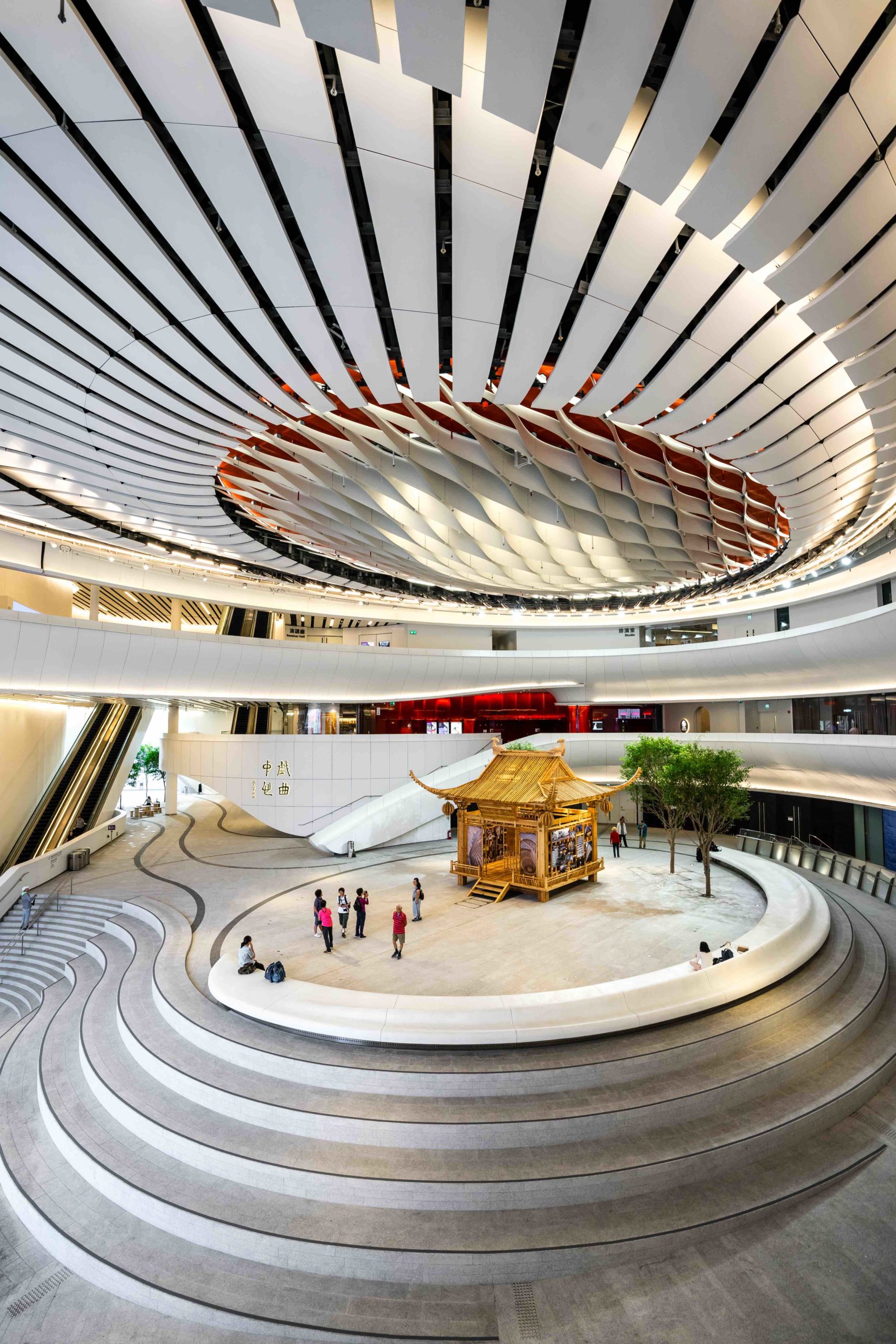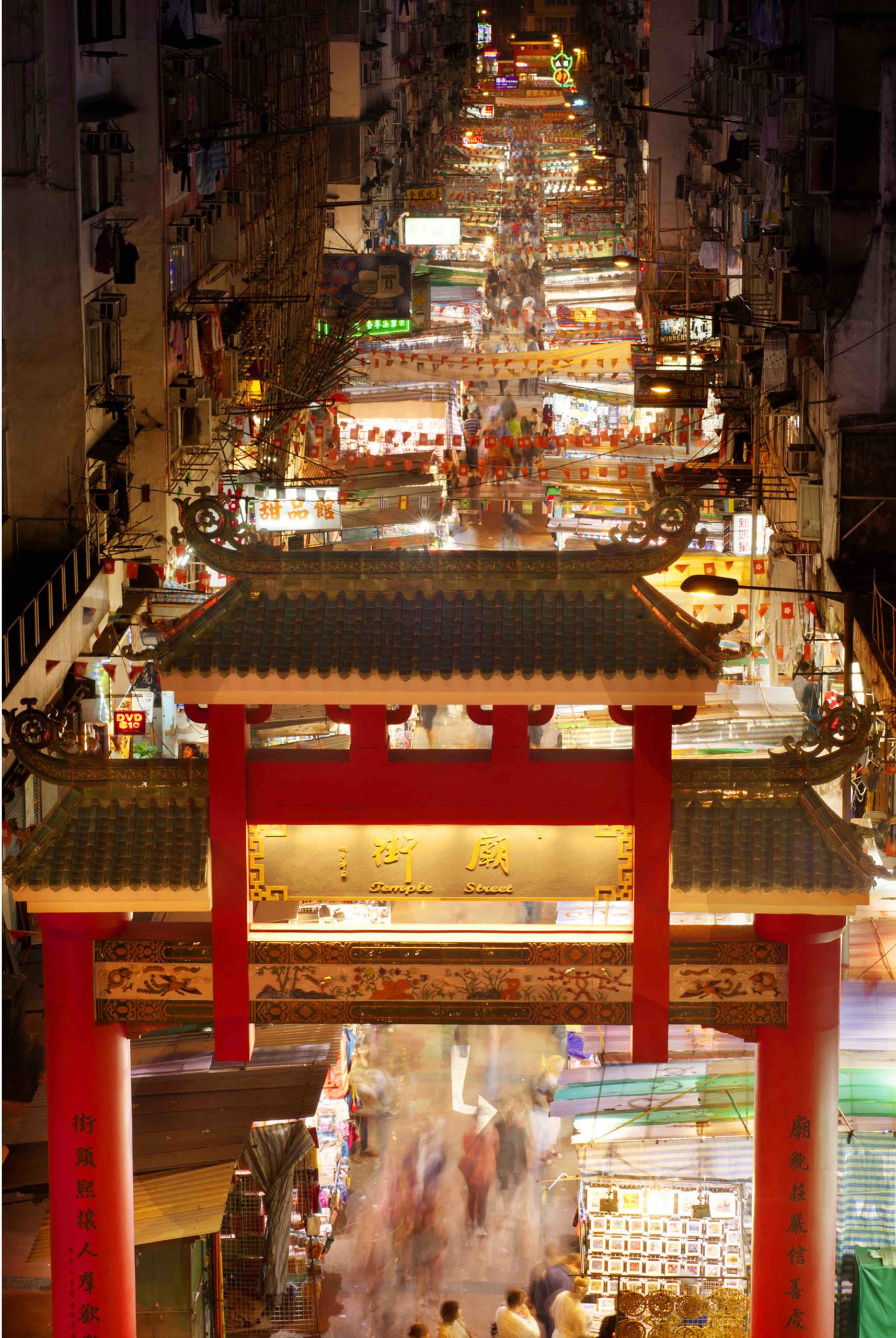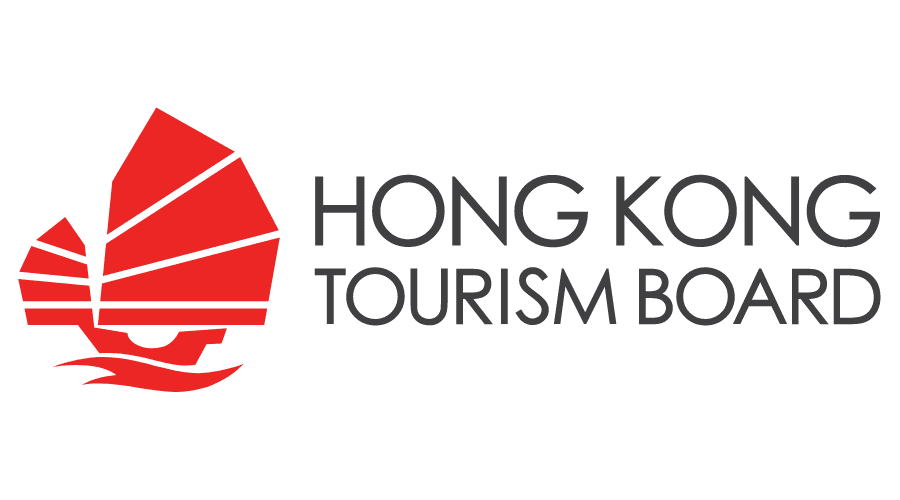For art enthusiasts, Hong Kong is emerging as the arts destination in Asia, with everything from world-class museums to art ‘experiences’ to local artisans that blend modern-day innovations with time-honoured traditions.
While art fairs, festivals and concerts take place year-round, the summer months are especially busy for the arts community here, including highlights such as Art@Harbour, Cultural Masseur Festival and Drago Cavallo.
But there’s always something happening in Hong Kong. Whether strolling down a street lined with contemporary galleries, walking through the halls of Asia’s biggest art fair or sharing a drink with local artists at a creative hub, art is everywhere in Hong Kong. Here are four places—many of which are brand-new—to experience it for yourself:
1. M+, ASIA’S FIRST GLOBAL MUSEUM OF CONTEMPORARY VISUAL CULTURE

M+ museum exterior in the West Kowloon Cultural District of Hong Kong.
M+ in Hong Kong’s West Kowloon Cultural District is the first global museum of contemporary visual culture in Asia—and one of the largest and most ambitious cultural projects in the world. Many are referring to it as the Tate Modern of the East.
“Not only that—it’s also MoMA, the Centre Pompidou, the V&A, Design Museum and bfi of the East, and a long-awaited collaborator for illustrious Asian museums such as the National Gallery Singapore and Tokyo’s Mori Art Museum,” says Doryun Chong, deputy director, curatorial and chief curator of M+. “We’re large and multifaceted enough to be all of the above and more.”
Designed by Herzog & de Meuron in partnership with TFP Farrells and Arup, the M+ building is shaped like an upside-down ‘T,’ with a striking terracotta tile-clad tower. Located on the Victoria Harbour waterfront, the newly opened museum features 33 galleries in 17,000 square metres of exhibition space, as well as an outdoor LED lighting display integrated into the façade to display gigantic works of art visible across the harbour.
The galleries feature around 1,500 artworks from the M+ collections, including a special exhibit that explores what makes Hong Kong so unique. Is it the city’s towering skyscrapers, dense neighbourhoods or traditional art forms? Over the past 60 years, Hong Kong has been a vibrant meeting place of people, ideas and cultures. Hong Kong: Here and Beyond—one of M+’s inaugural exhibitions—reflects on the city’s historically open and dynamic visual culture, responses to challenges and visions for the future.
2. HONG KONG PALACE MUSEUM

Hong Kong Palace Museum Exterior. Photo courtesy of Hong Kong Tourism Board.
From the Roof Garden at M+—with one of the best views of the iconic Hong Kong skyline—it’s possible to see a distinctive golden building in the distance. This brand-new landmark was five years in the making: the Hong Kong Palace Museum, which opened to visitors this summer.
“Hong Kong Palace Museum combines a Hong Kong perspective and a global vision. The appearance of the building is both traditional and modern,” says Dr. Daisy Yiyou Wang, the museum’s deputy director. “If you look closely, the shape of the building was inspired by the beautiful shape of Chinese art objects.”
One of her favourite features is the ceiling, inspired by the golden glazed roof tiles of Beijing’s Forbidden City. Three atriums connect the floors of the museum vertically, referencing the horizontal spatial configuration of the Forbidden City’s central axis.
“We have over 900 treasures from the Forbidden City,” says Wang, of the museum’s collections. “In addition, we have loans from the Louvre in Paris. We also have gathered amazing artworks borrowed from different museums in Hong Kong.”
Many of these priceless treasures from the Palace Museum in Beijing—including jade, lacquerware, calligraphy, paintings, porcelain, ceremonial robes, literary works and antique furniture—are on display in Hong Kong for the first time, while others have never been shown to the public before. The museum will also regularly present special exhibitions featuring Chinese art and culture, as well as treasures from other parts of the world.
3. EXPLORE MORE OF WEST KOWLOON CULTURAL DISTRICT

Inside the Xiqu Centre performing arts centre in West Kowloon
This new cultural hub in Hong Kong is spread out over 40 hectares of reclaimed land—including a two-kilometre waterfront promenade perfect for sunset strolls—with a mix of museums theatres, performance venues, green spaces and a growing selection of cafés and restaurants.
The Art Park is the heart of the West Kowloon Cultural District, with plenty of green space for lounging, as well as open-air exhibits, street performers and gourmet food trucks. Visitors can fuel up with a pineapple bun and dollop of chilled whipped cream at the Pineapple Canteen or a signature slushie with fresh dragon fruit at Lucky Station after cruising around the area on a rented smart bike.
They can also take in a performance of traditional Cantonese opera at Xiqu Centre, enjoy a show at Freespace (a flexible performance space for experimental theatre, contemporary dance and interactive exhibitions) or watch live music while sipping Hong Kong craft beer at Lau Bak Livehouse, operated by Mak’s Brewery. A highlight is Ensemble II, a giant mural on the exterior wall of Freespace created by award-winning artist and graphic designer Calvin Ho@AtomicAttack.
4. YAU MA TEI AND JORDAN

Temple Street night market. Courtesy of Hong Kong Tourism
One of the best ways to experience Hong Kong’s vibrant arts and culture scene is in West Kowloon’s neighbouring districts of Yau Ma Tei and Jordan. Shanghai Street runs more than two kilometres through the two districts, taking in the area’s sights and sounds, including Hong Kong’s iconic neon signs and the famous Temple Street night market.
Here, ancient culture collides with modern arts. Take the Tung Nam Lou Art Hotel, which offers art ‘experiences.’ This heritage building—once a seafood restaurant—has been converted into a boutique art hotel in Yau Ma Tei that celebrates local culture with experiential art. In one installation, a wall is lined with glass bottles of aromatic herbs—all without labels—so you can create your own aroma sachet using only your sense of smell.
While here, visitors can soak up history in the Yau Ma Tei Theatre, a pre-war cinema converted into a Cantonese opera theatre, check out an arthouse film or documentary at Broadway Cinematheque and explore the streets for murals on walls, stairwells and metal shop shutters.


